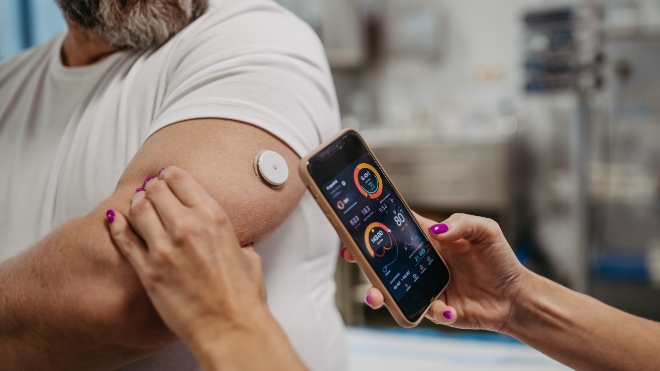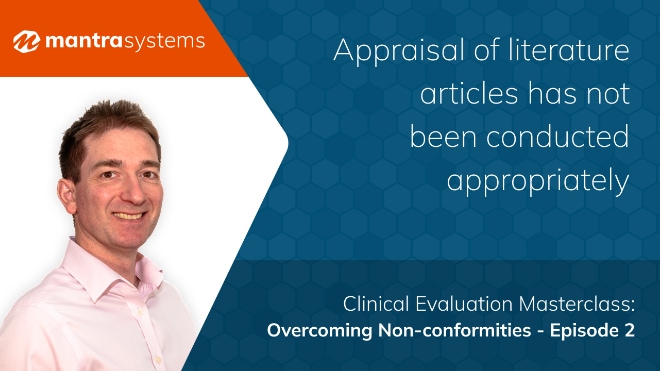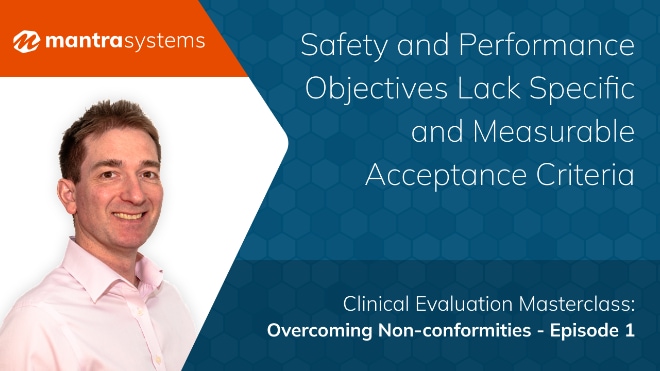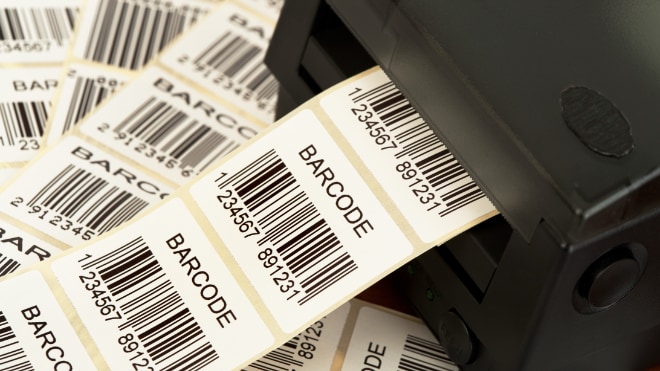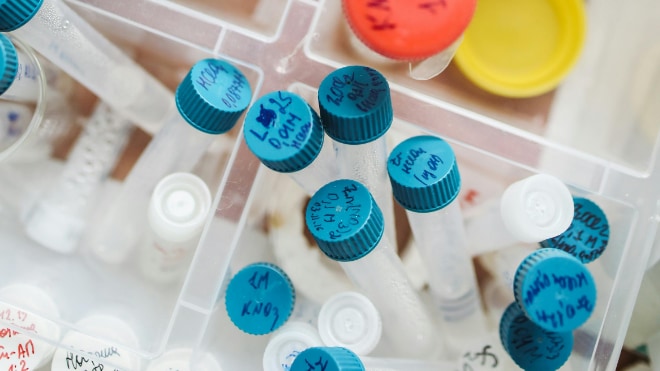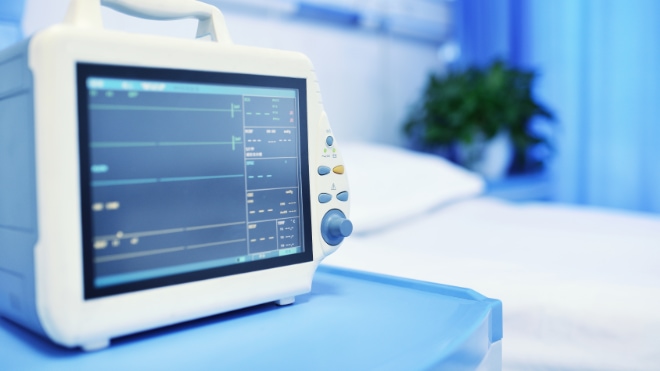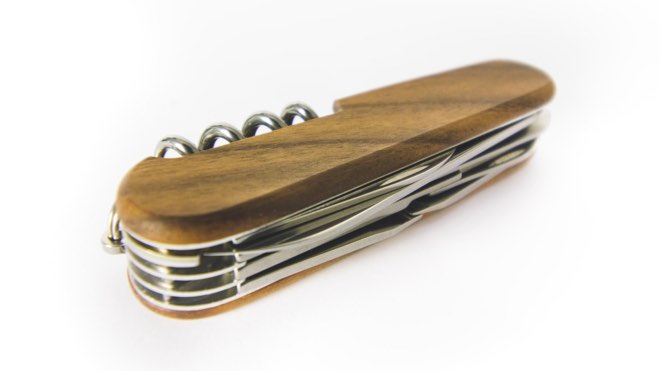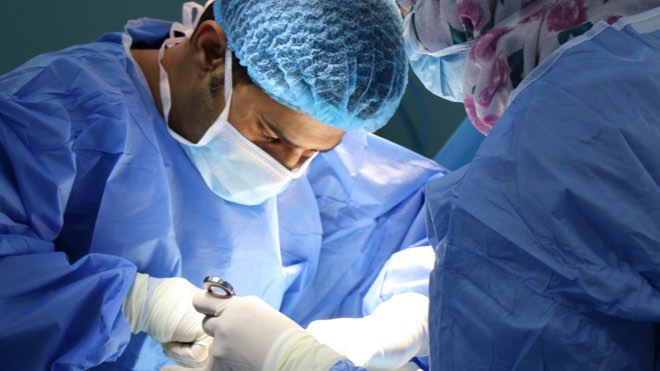
Are you a manufacturer of Class I medical devices intended for sale in the EU market? Or are you a supplier who recently learned that your product is classified as a medical device under the new MDR? If your answer to either of these questions is ‘yes’, then this article is for you.
In order to place a medical device on the market, you as a manufacturer have to demonstrate conformity with the MDR and compliance with the GSPRs laid out in Annex I, regardless of the device classification.
Because most Class I devices don’t require the involvement of a Notified Body, it can be tempting to ‘do the minimum’ for Class I regulatory compliance. Under the MDR, however, this can be a big mistake.
In this article, we will discuss how to achieve MDR compliance specifically for Class I devices, with a focus on what to keep in mind while self-certifying.
1. Is your product a medical device under MDR Article 2?
The first step towards MDR compliance is confirming whether your product is a medical device. Whether your product satisfies the definition of a medical device depends in large part on the intended purpose, which you as a manufacturer control. Take great care in matching this against the definition in Article 2 of the MDR. Remember that non-standard items such as “reagents” and “software” can all meet the definition.
2. What is its risk classification?
Video 1: How to work with Annex VIII from the MDR
The next step is to identify the device’s risk classification. Risk classification in MDR reflects the potential risk of harm that a medical device poses. Medical devices under Class I are generally low risk devices which include non-invasive devices with non-critical functions, such as wound care devices, stethoscopes, tongue depressors, and so on.
The MDR uses a rule-based system to determine a medical device’s risk class. There are 22 rules outlined in Annex VIII of the MDR for classifying any medical device into its appropriate risk class. Work through it as described in our How to work with Annex VIII of the MDR.
3. Demonstrate device conformity
A product can only be placed on the EU market if it satisfies all the applicable MDR requirements, which apply to Class I devices just the way they do to others. The main requirements are:
i) Meet General Safety and Performance Requirements (GSPRs)
As a manufacturer, you are required to perform a relevancy analysis of the MDR Annex I GSPRs to work out which ones apply to your product. The best way to do this is to use a GSPR checklist or table to show which GSPRs apply. Following this, begin collating evidence to support conformity with those that are relevant.
ii) Conduct a Clinical Evaluation
Video 2: Clinical Evaluation services from Mantra Systems
All devices, regardless of risk class, must undergo a Clinical Evaluation in line with MDR Article 61 and Annex XIV Part A.
Don’t underestimate the importance of Clinical Evaluation, even to Class I devices – even if you can self-certify, your Competent Authority still has the right to review your technical documents and will often plumb straight for the device’s Clinical Evaluation Report (CER). That said, a CER needn’t be as complex as for a Class III device – it’s all about balance.
Discuss Class I CERs with a member of our team if you are in any doubt.
iii) Prepare technical documentation
Technical documentation should contain information on the device’s design, intended use, composition, basic UDI-DI, IFU, labelling, testing, materials, and so on, as required by MDR Annex II.
It should also set out plans for PMS and other activities as per MDR Annex III. A well organised technical documentation file is crucial in demonstrating your device’s compliance. Since most Class I devices are self-certified, manufacturers may overlook the importance of a detailed, well-structured, and clear medical device technical file.
Even though it is self-certified, the manufacturer is required to make the technical documentation available to the Competent Authority, authorised representative (if applicable), and notified body (when applicable). So, it is essential to make sure that the documents are prepared in a clear, orderly, and unambiguous manner.
If you need help in putting together your technical document library, you may benefit from the range of document templates available through our MDR Academy platform.
iv) Involve a Notified Body
This step is not applicable for all Class I medical devices. But as a manufacturer, you must involve a Notified Body for Class I devices which are:
- sterile devices (Class Is)
- reusable surgical instruments (Class Ir)
- devices with a measuring function (Class Im)
4. Meet the general obligations for manufacturers
General obligations for manufacturers are outlined in the Article 10 of the MDR 2017/745. To meet these requirements, manufacturers must:
- ensure that their medical devices are MDR-compliant in design and manufacture
- have Risk Management system in place
- perform a thorough Clinical Evaluation
- keep a record of current technical documentation
- have access to a Person Responsible for Regulatory Compliance (PRRC)
- have a Quality Management System (QMS) in place
5. Conduct the final steps before placing your device on the market
Once you complete all the documents to demonstrate the device conformity and meet the manufacturer obligations under the MDR, you must file an EU Declaration of Conformity (DoC) which includes the information listed in Annex IV of the MDR. Don’t forget to include translations for all the countries in which the device will be made available. Once you have a DoC in hand, you can affix a CE mark to your device and register it for sale.
6. Plan ahead
Once your device is on the market, it is your responsibility to have a Post Market Surveillance (PMS) system in place. This is another area that is sometimes overlooked by manufacturers of Class I devices. Once again, the skill is in striking a balance to ensure that systems are comprehensive enough to detect vital information without being too onerous and expensive.
PMS should enable you to gather and assess safety and performance data to determine whether or not any actions are required. As a part of the PMS system, you must also:
- report all serious incidents and Field Safety Corrective Actions (FSCA) to the appropriate Competent Authorities and execute all relevant investigations
- take prompt action in case there is a reason to think that a device placed on the market or in service is not in compliance with the MDR
Conclusion
The key message is — don’t neglect the importance of a full MDR regulatory system for Class I devices. Neglecting key areas such as Clinical Evaluation and Post-Market Surveillance will just lead to trouble down the line. Taking advice before putting systems in place can help ensure that they are sufficiently robust without exceeding what is necessary.
If you have any doubt or would like to learn more, please contact our friendly team today.



